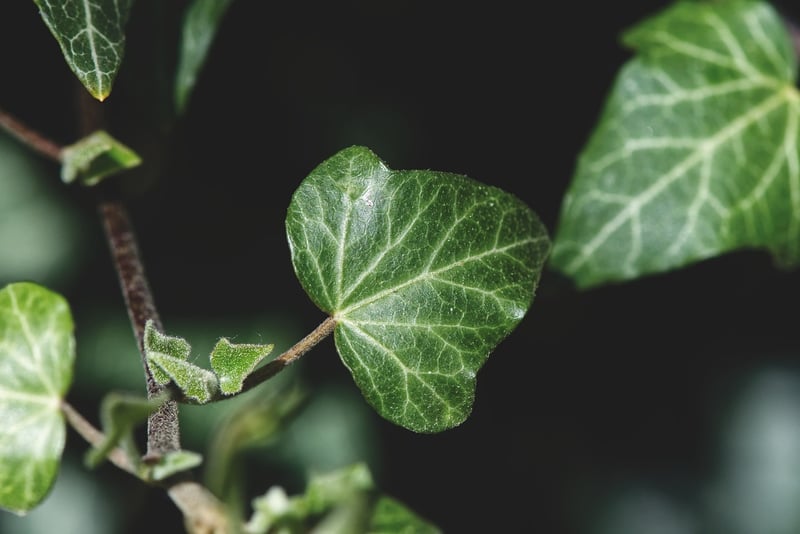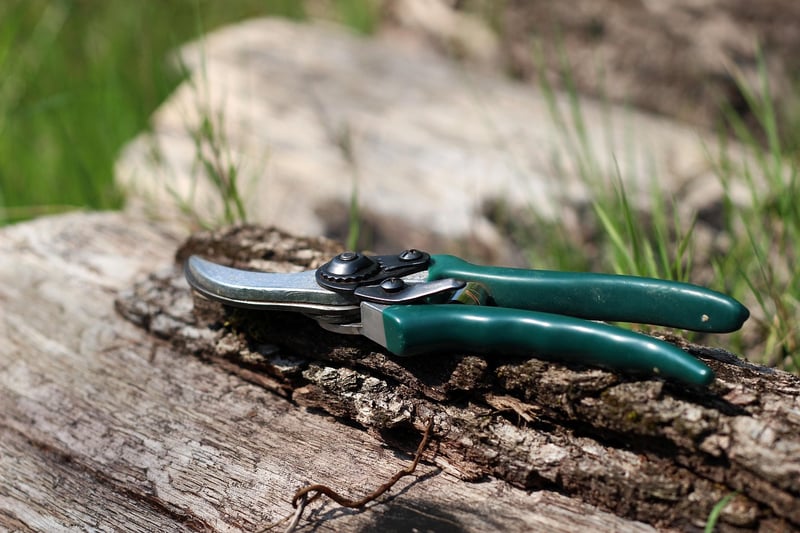Pruning Basics
Keep Your Garden Healthy: Pruning Basics
The Importance of Pruning
Pruning is an essential gardening practice that promotes plant health and encourages growth. It involves the selective removal of specific parts of a plant such as branches, buds, or roots to shape the plant, control its size, and improve flowering and fruiting.
Benefits of Pruning
- Promotes plant health by removing dead or diseased branches
- Shapes the plant for aesthetic appeal
- Encourages new growth and improves flowering and fruiting
- Controls the size of the plant
Pruning Tools
Before you start pruning, make sure you have the right tools for the job. Some essential pruning tools include pruning shears, loppers, pruning saws, and hedge trimmers.
When to Prune
The best time to prune your plants depends on the type of plant. Generally, it's best to prune flowering shrubs right after they bloom, while winter is a good time to prune deciduous trees.
Pruning Tips
- Always use sharp, clean tools to make precise cuts
- Prune at a 45-degree angle just above a bud or branch junction
- Remove dead, damaged, or diseased branches first
- Step back periodically to assess the plant's shape as you prune
Conclusion
Pruning is a valuable skill that every gardener should master. By understanding the basics of pruning and following proper techniques, you can keep your garden healthy, vibrant, and visually appealing throughout the year.


 Learn more about pruning from the Royal Horticultural Society
Learn more about pruning from the Royal Horticultural Society
